Lake Argyle: Everything you need to know
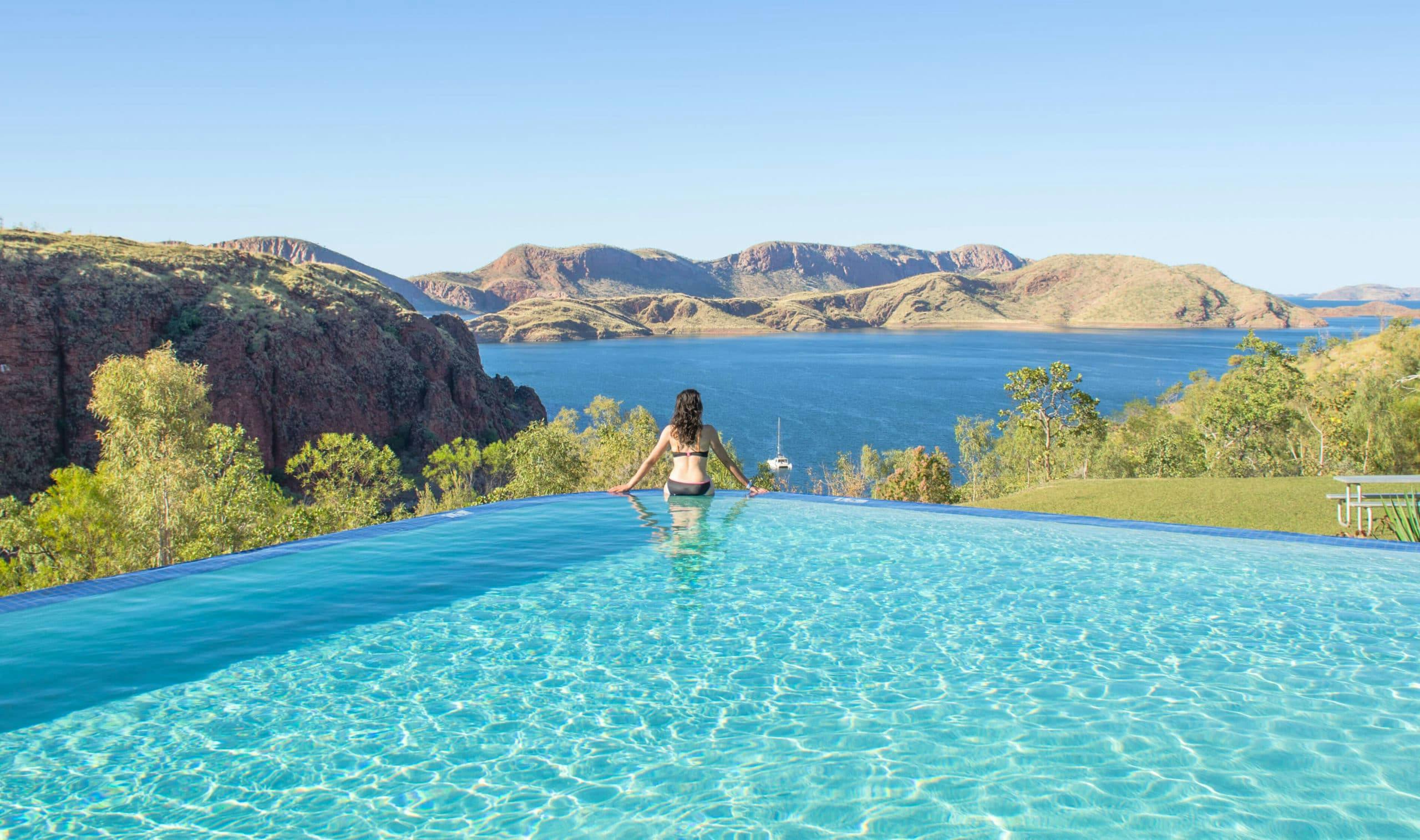
It’s not only home to WA’s largest man-made lake, but also an infinity pool with incredible views, and your Kimberley trip isn’t complete without a visit, or swim, at this fab spot.
Here’s everything you need to know about Lake Argyle.
What is it?
A reservoir so vast you could be forgiven for thinking it was an inland sea. The lake is Australia’s second largest man-made lake and is over 18 times the size of Sydney Harbour. Officially opened in 1972 following the construction of the Ord River Dam, Lake Argyle is home to freshwater crocodiles, native fish, rock wallabies and a wide range of birds, and it’s the perfect place to spend the day exploring the area on a boat cruise or at your own pace.
Nearby, at the neighbouring Lake Argyle Resort, you’ll find what has to be one of the most photographed pools in WA – a picturesque infinity pool overlooking the lake.
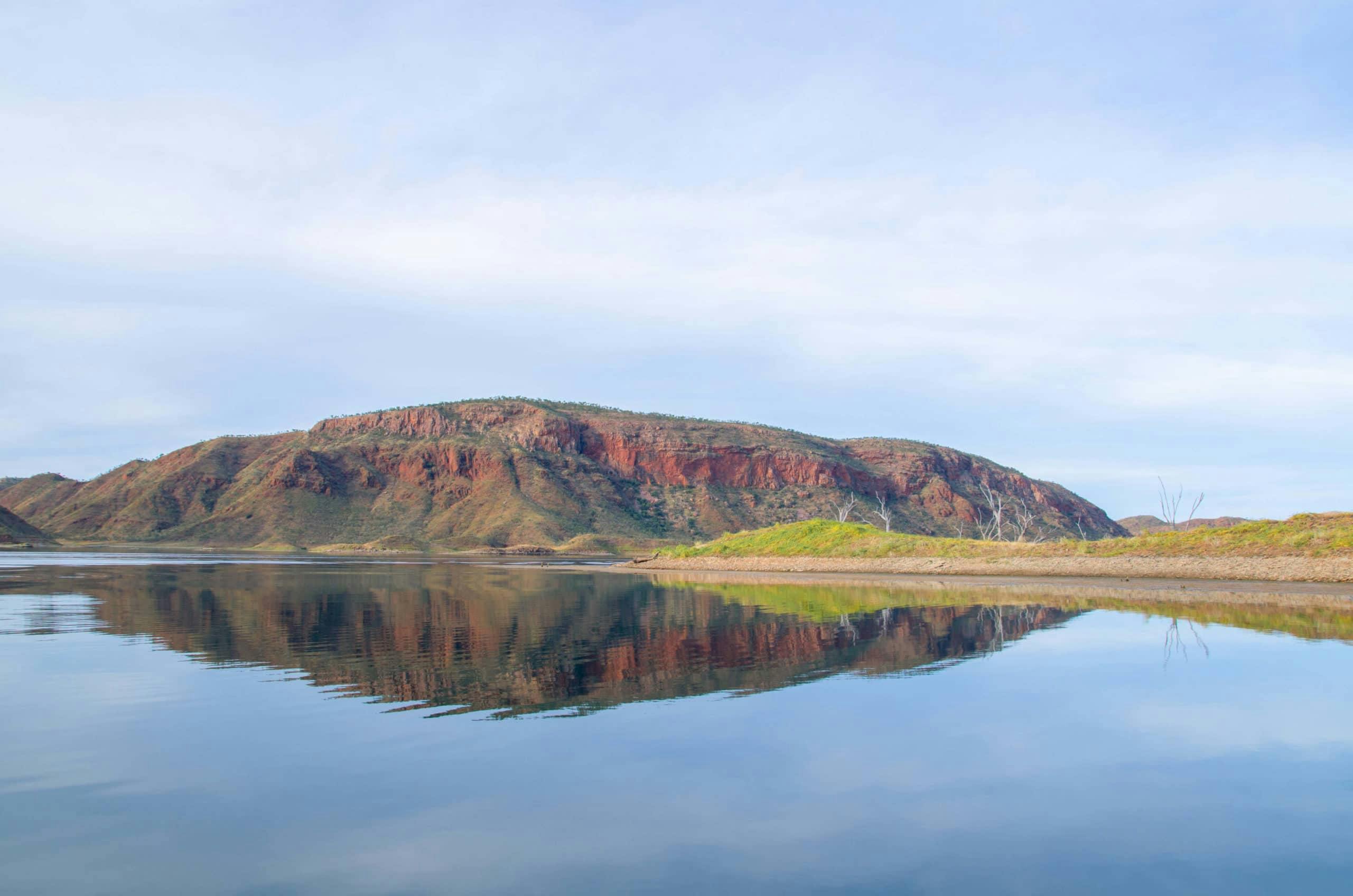
Where is it?
Located in the East Kimberley, it’s not far from the WA/NT border. Lake Argyle is about a 45 minutes drive south east of Kununurra (around 70kms).
What to do?
One of the best ways to explore the lake is by boat and there are a number of tours available to guide you around part of the vast lake or you can hire BBQ pontoons, dinghies and houseboats, allowing you to explore at your own pace and soak up the tranquillity and remoteness of the region. Lake Argyle Cruises run daily boat tours in the dry season and sunset cruises where you can watch the sunset while having a refreshing swim in the lake and enjoy an icy cold drink or two while doing so.
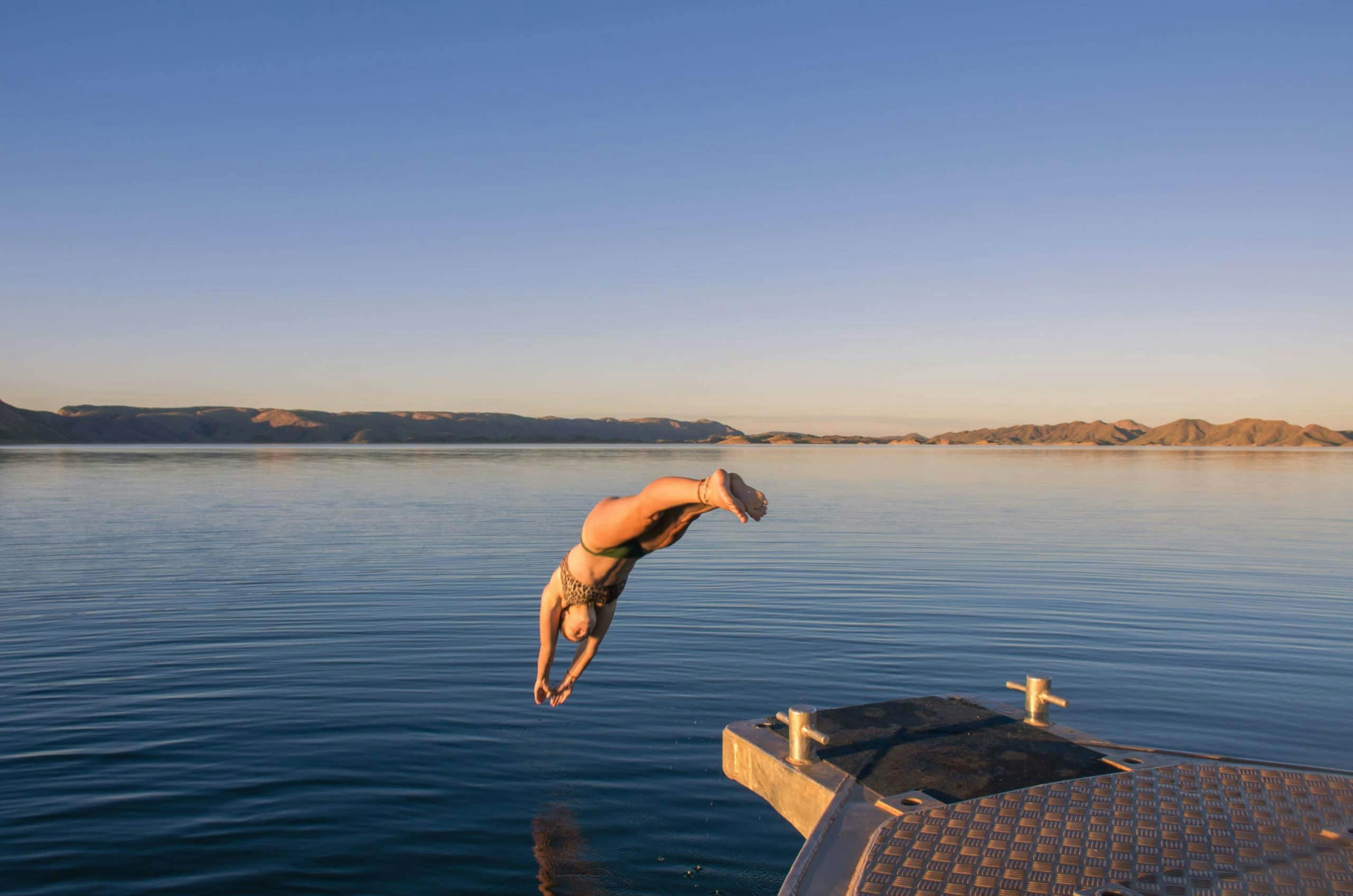
If you’re a bit more active you can also hire SUPs, kayaks and canoes and keep an eye out for the very cute rock wallabies that live around the lake’s edge. Keen divers can take a Lake Argyle snorkel or scuba dive tour to explore the depths of the lake or see the remains of the original homestead.
Lake Argyle is also known for its wildlife – from the thousands of freshwater crocs that call the lake home to the abundant bird life and, with over 240 different species recorded around the lake, there are regular bird watching tours run during the dry season. Bring your fishing rod along as well as the lake is also home to a number of native fish.
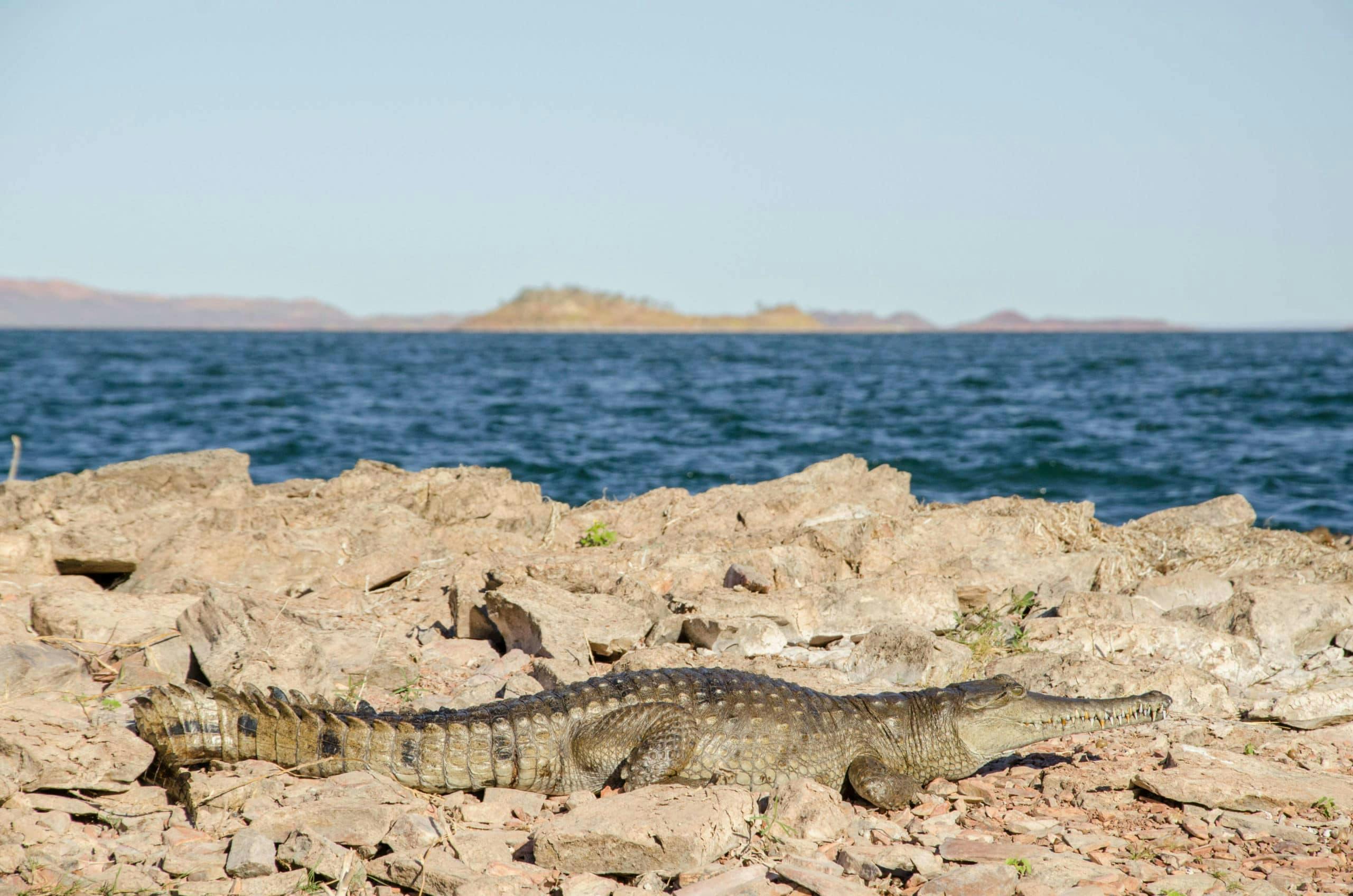
But, one of the most iconic shots (and spots) of Lake Argyle has to be the infinity pool at Lake Argyle Resort & Caravan Park and it offers amazing views over the lake (you’ve been warned, the water feels icy cold in the dry season!). If you’re not staying at the Caravan Park you can purchase a day pass for a small fee ($10) to use the pool and facilities. If you’re not enjoying the sunset from the lake itself, then watching the last of the golden light from the infinity pool is the place to be. The resort and caravan park has a range of accommodation options, and also offer boat tours, sunset cruises, scenic flights as well as a gourmet camp oven experience.
Visit the historic Durack homestead; originally built in 1895 on Argyle Downs Station, it was carefully relocated before the lake was filled. The homestead is now a museum and is open daily from April to September.
There are also a number of walking trails that allow you to soak up the incredible views of this ancient landscape as well as a mountain bike track nearby.
Subscribe to our free newsletter!
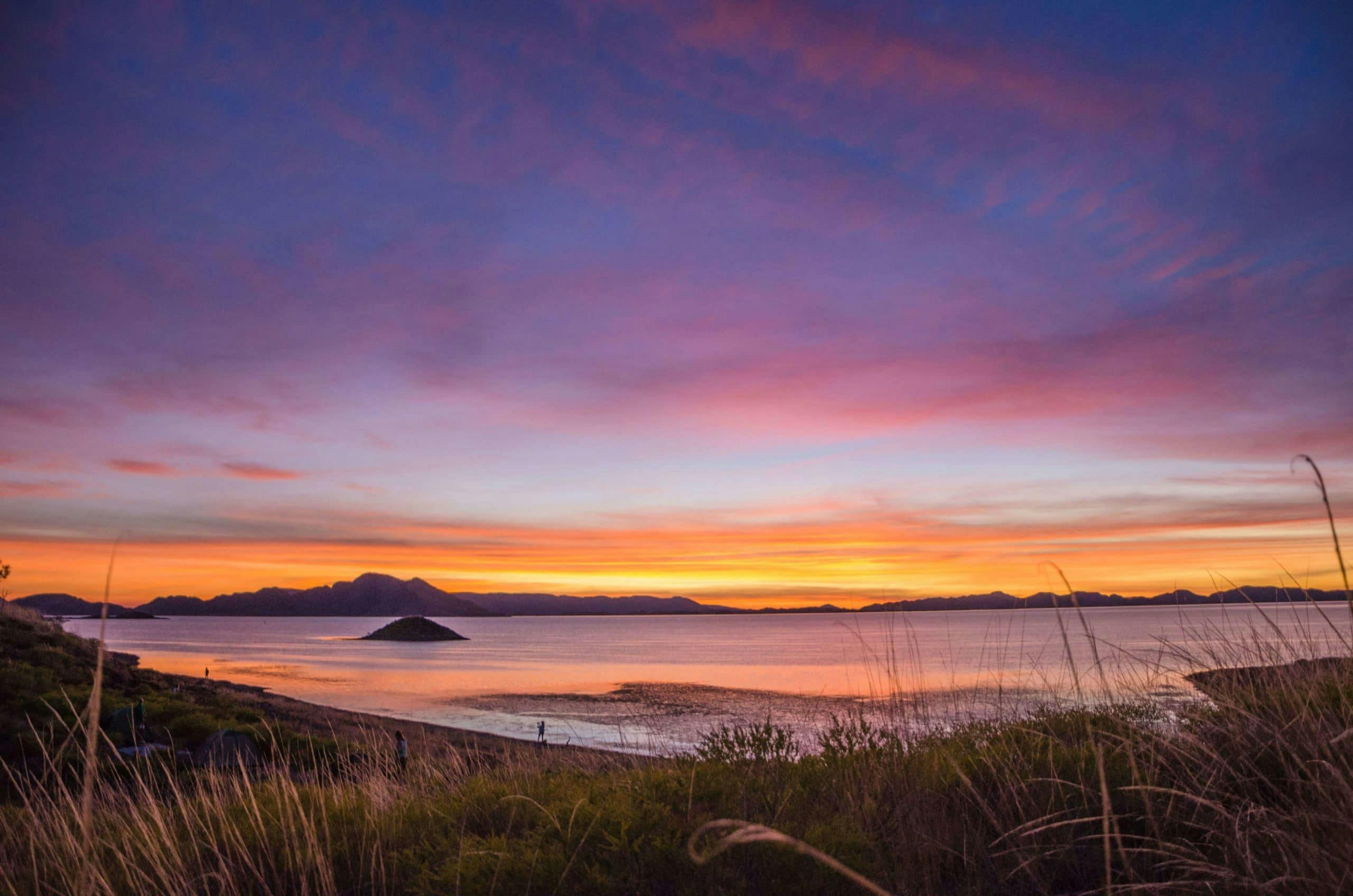
What not to do:
While the lake might be home to freshwater crocodiles, these are the friendlier type and are typically harmless (unless provoked) and safer to swim with. But if you’re worried, swim in the deeper sections of the lake where there’s likely to be fewer crocs and away from the lake’s edge. Be respectful to all the wildlife in the area.
Know your limits with swimming and don’t take any risks – you’re in deep, fresh water and a long way from help.
If you’re doing one of the walks, carry plenty of water and avoid hiking in the middle of the day.
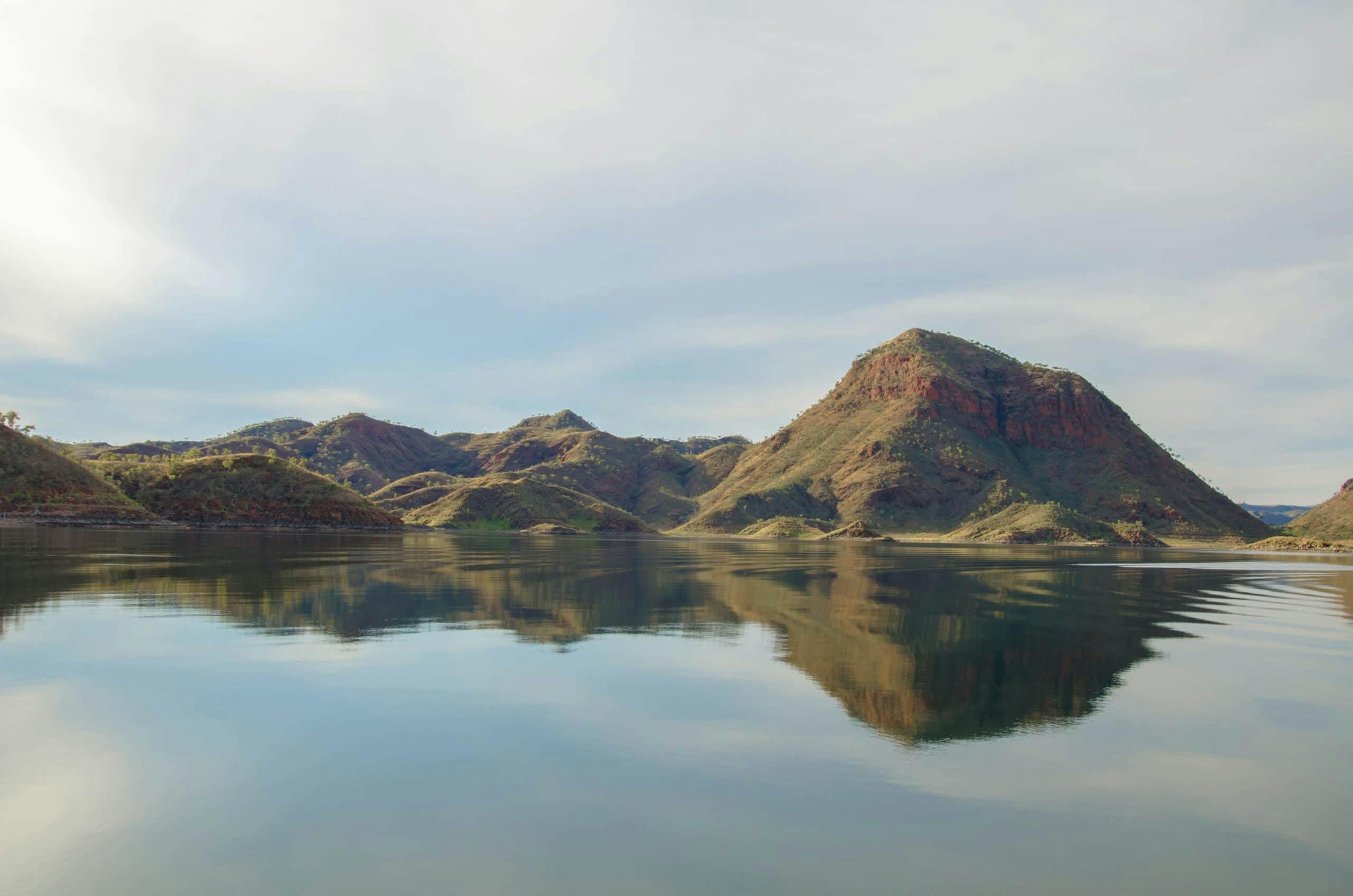
Anything else?
The road to Lake Argyle is fully sealed and 2WD accessible. Tours run, and accommodation is available, all year round. The water temperature is generally around 30 degrees (but can get as low as 21 degrees in the cooler months of June and July) – just perfect for a refreshing swim at the end of the hot day.The lake is also home to an annual swimming competition held in May.
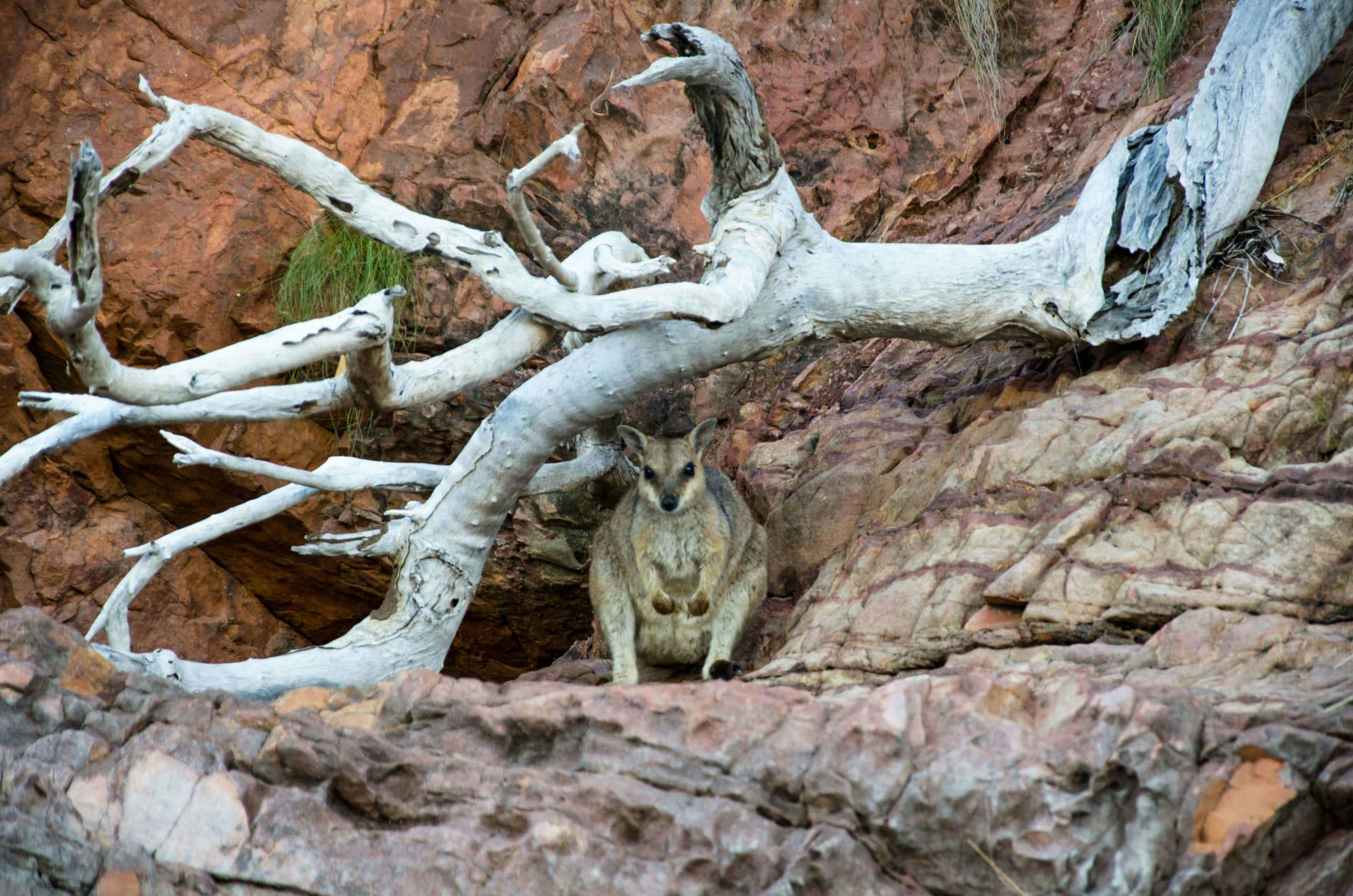
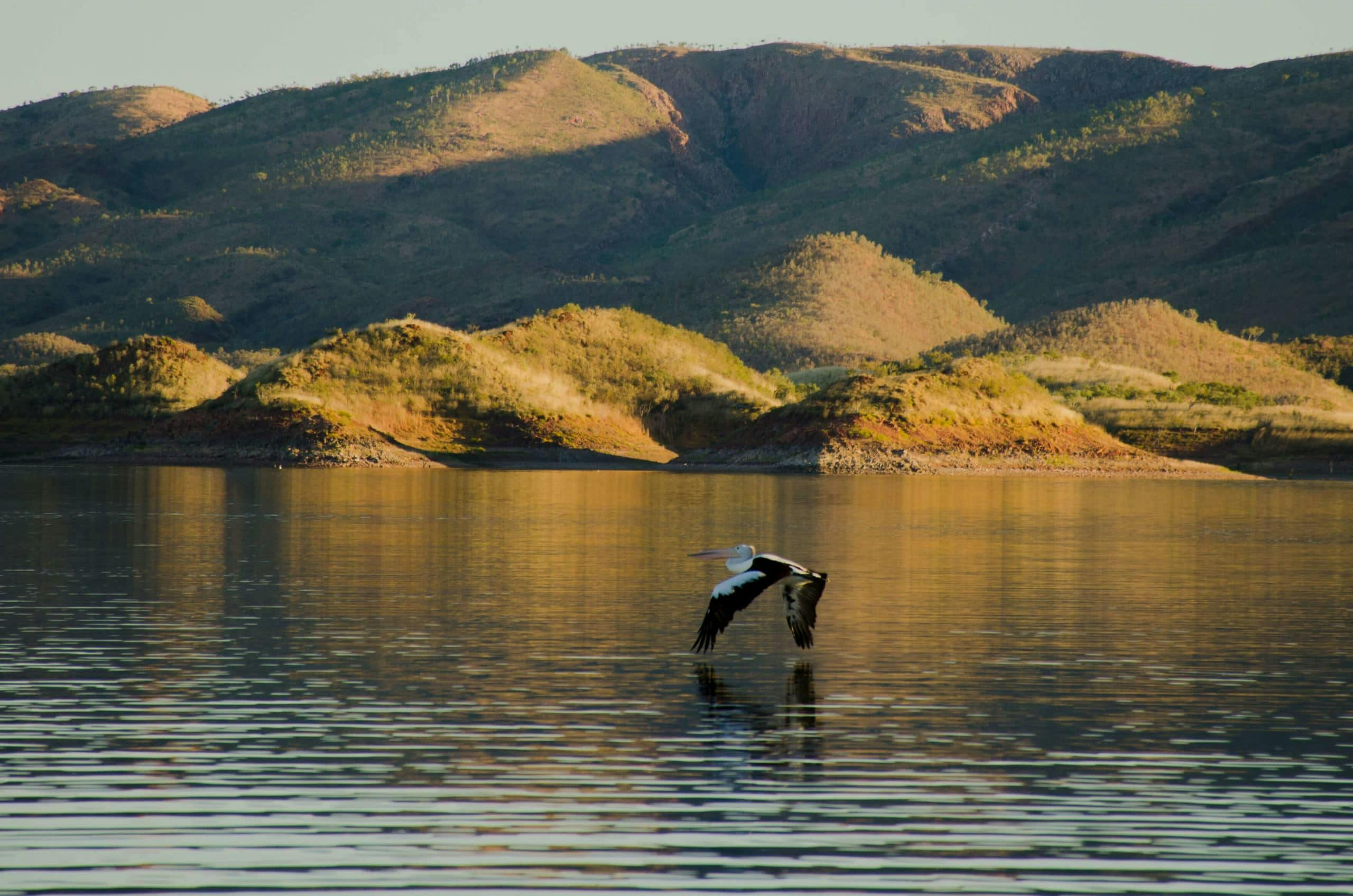
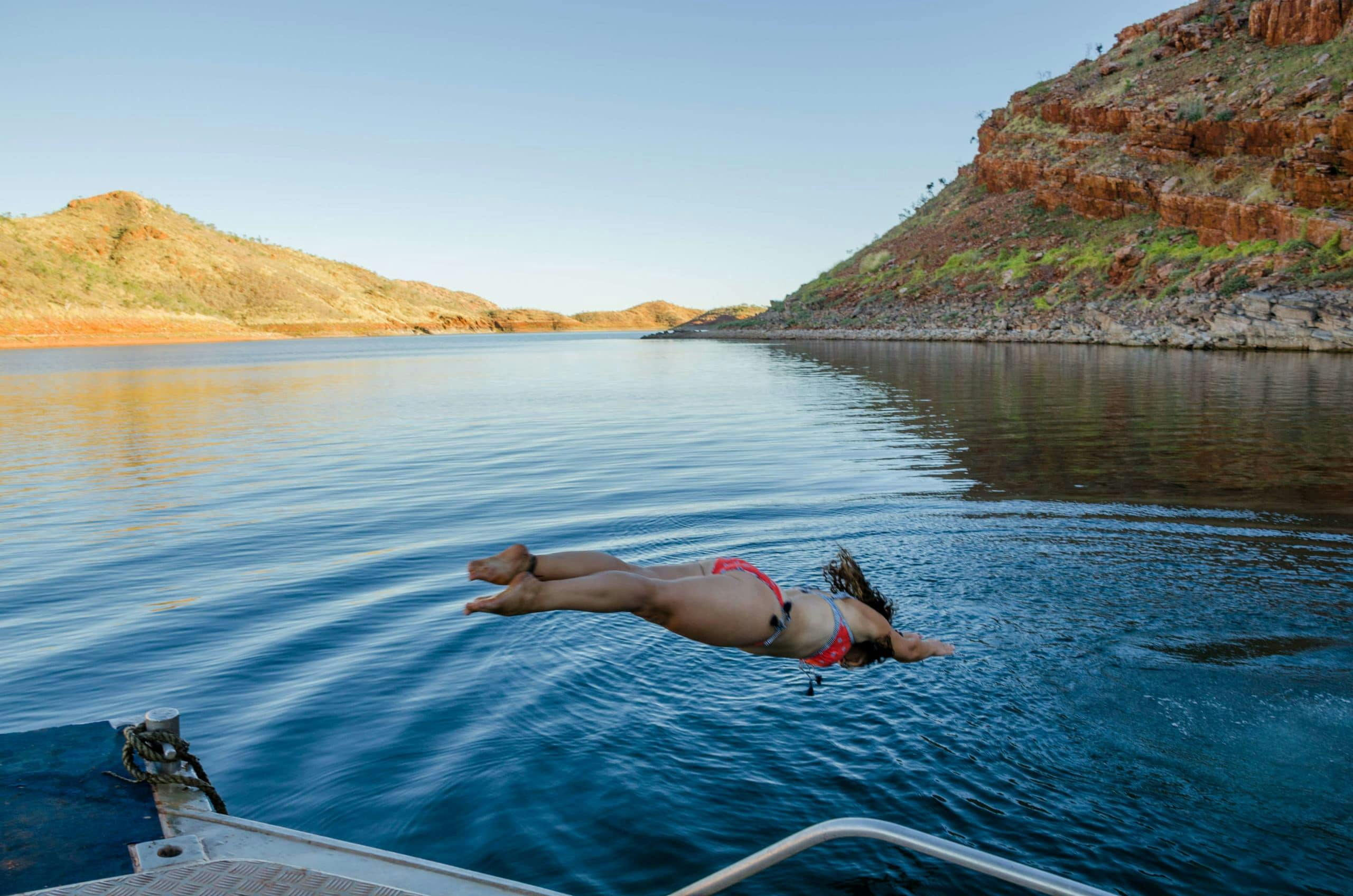
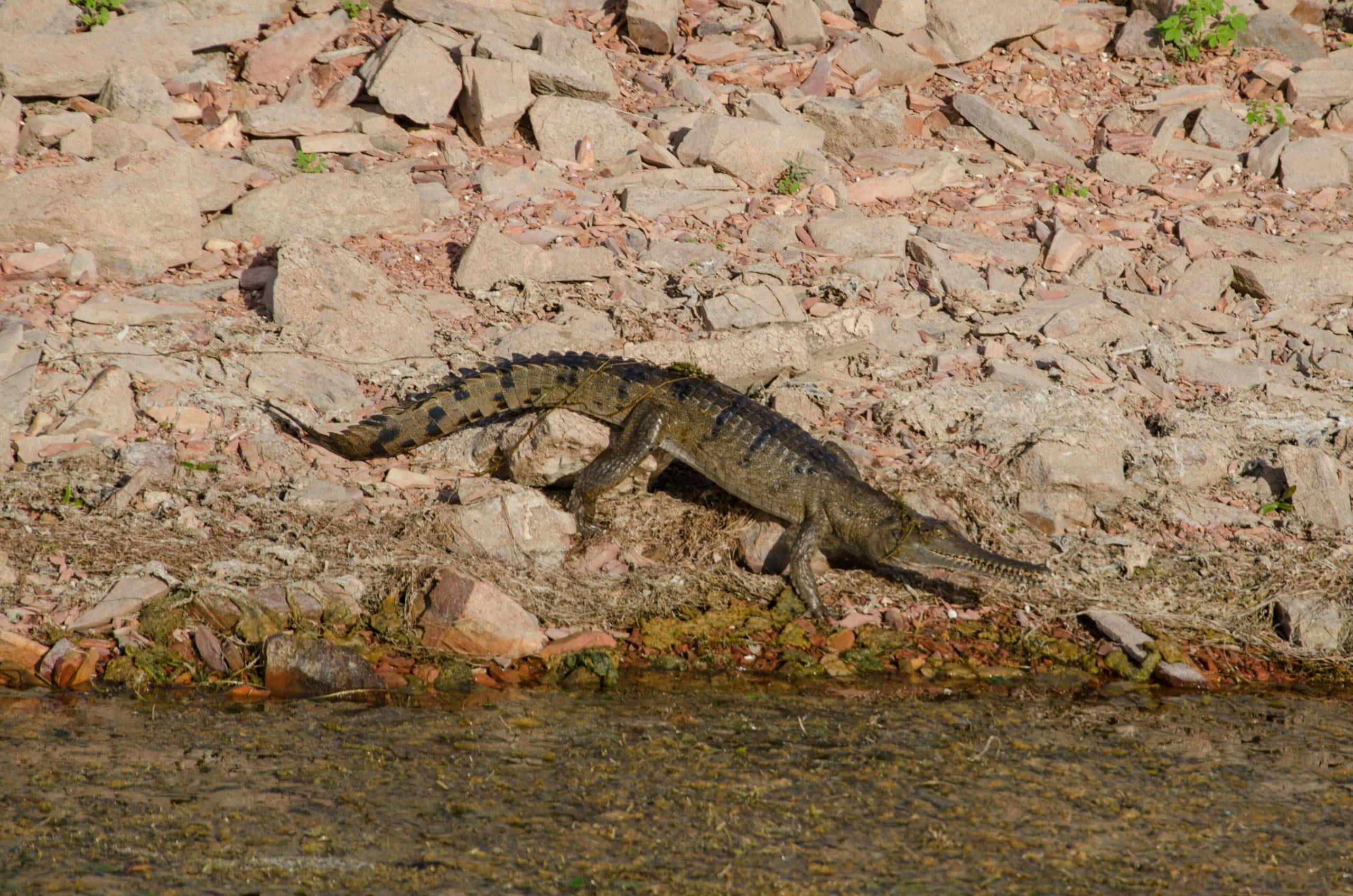
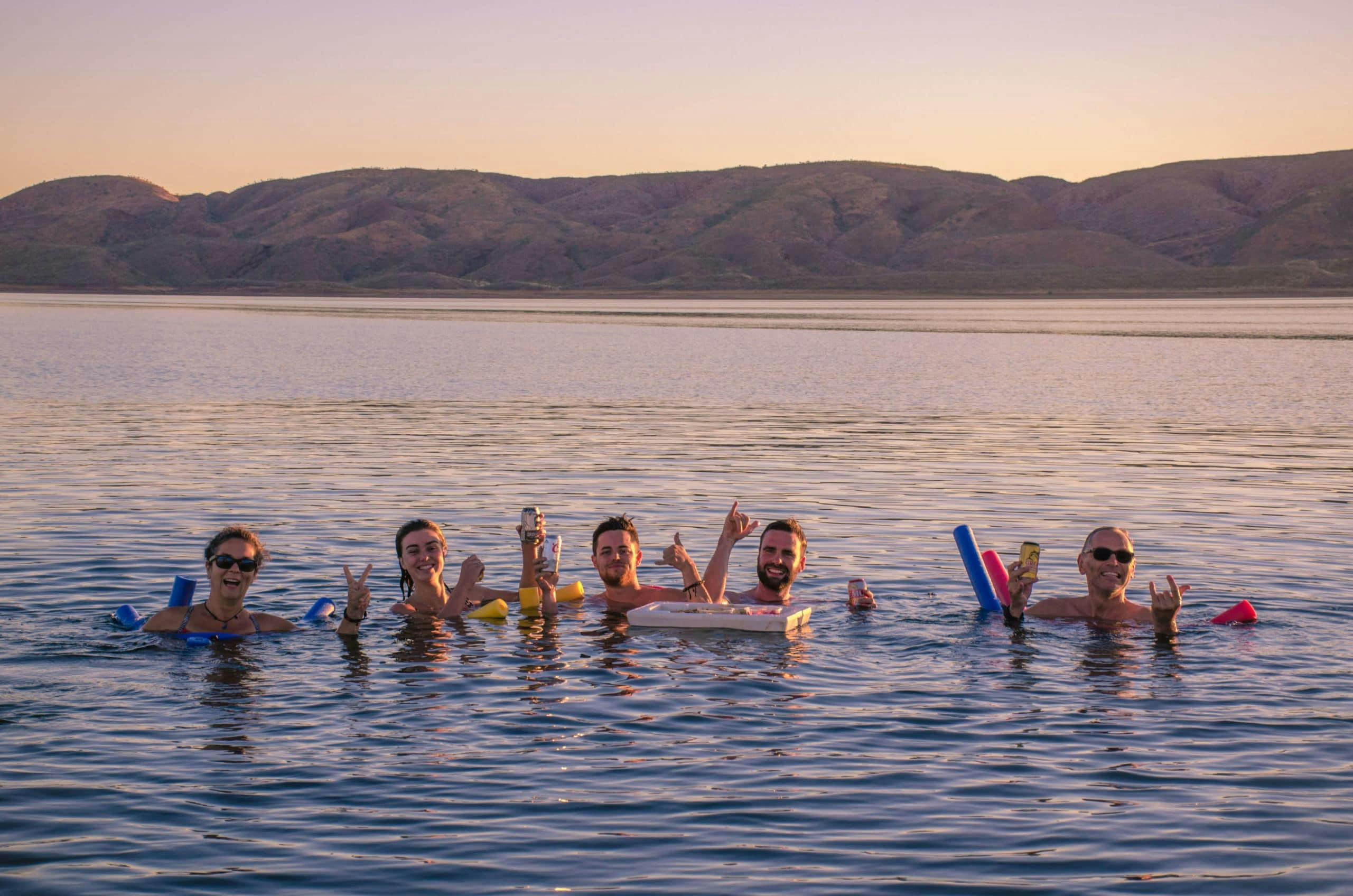
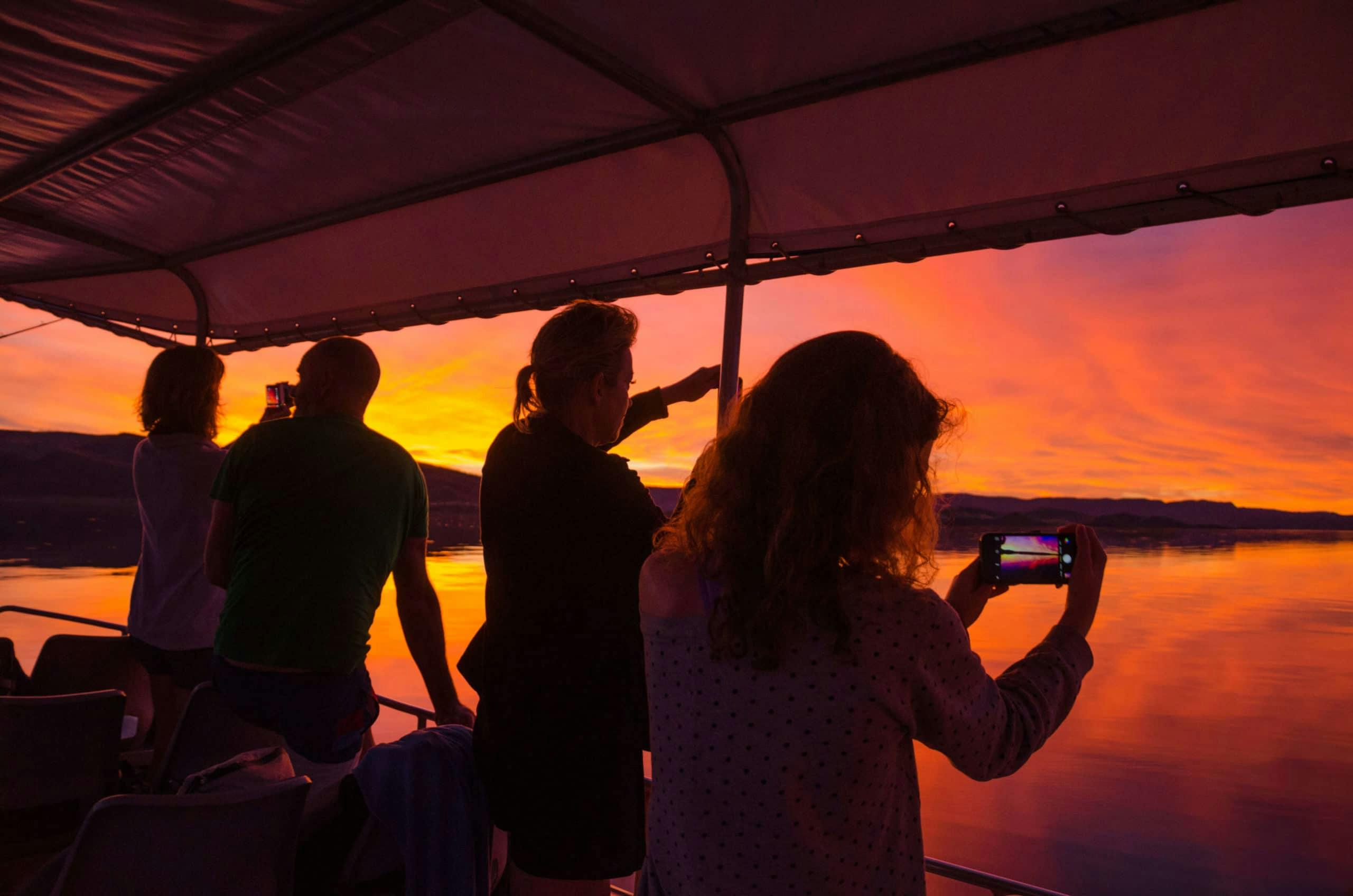
Image Credit: Alex Pantazis